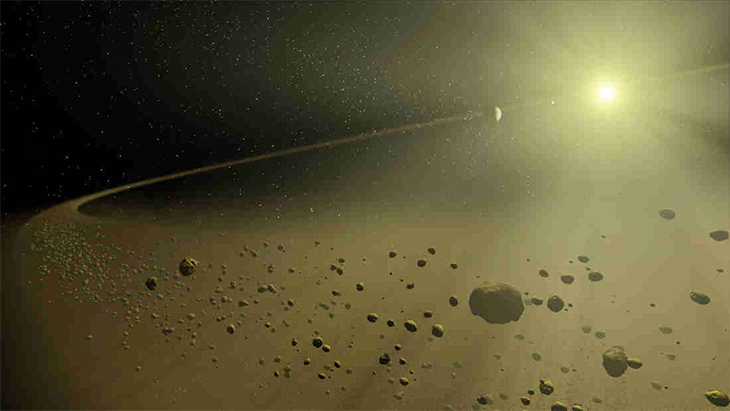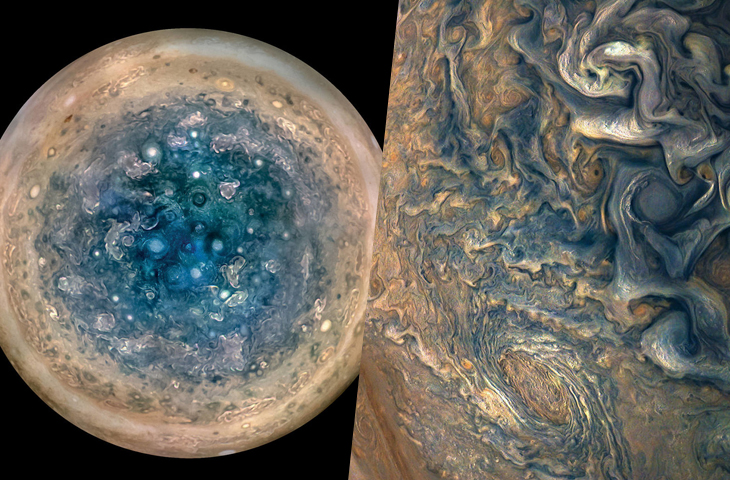By: Jonathan O’Callaghan/IFLScience We may have spied our first ever interstellar object in the Solar System last month. Now, scientists think they might know where it came from.
The object A/2017 U1 – now nicknamed Oumuamua, Hawaiian for “ the first messenger” – caused a huge amount of excitement when it was spotted in October. Its path around the Sun suggests it came from another planetary system, flung out by a planet, and not our own.
And a paper on arXiv has suggested a possible origin. Three researchers believe it may have come from a nearby stellar cluster in the Carina and Columba Associations about 163 to 277 light-years away. It’s thought to have been flung out of a planetary system in this cluster about 40 million years ago, and more could be on the way.
“Like a shower of shooting stars at night or bugs on the windshield of a moving automobile, we should encounter more of them coming from the same direction,” Eric Gaidos from the University of Hawaii, the study’s lead author, told IFLScience.
They came to this conclusion after looking through data from ESA’s Gaia mission, which is attempting to track the motion of 1 billion stars in our galaxy. They then attempted to track candidates that could account for the motion of A/2017 U1.
In our studies of the object so far, we’ve seen a lack of a coma and ice, suggesting it is an asteroid and not a comet. This suggests it formed relatively far inwards in its planetary system, inside the “ice line” where ice can form. In our Solar System, that is beyond the orbit of Mars.
They are also able to constrain the size of the planet that flung this rock our way. It could have been anywhere from a super-Earth, a few times the size of our planet, to a gas giant 20 or 30 times the mass of Earth.

The object A/2017 U1, now called Oumuamua. Queen’s University Belfast
As mentioned, this may not be the only visitor coming our way. Another paper on arXiv suggests there could be many more interstellar objects coming into our Solar System that we’ve missed before, but we might be able to spot them in future.
This paper says that when a new telescope called the Large Synoptic Survey Telescope (LSST) in Chile begins an all-sky survey in 2022, we could see at least one interstellar object in our Solar System every year.
It’s hoped this may help us work out how much material is ejected from planetary systems when they form. The figure is thought to be about 20 Earth masses of material, including our own Solar System. Finding more interstellar companions could tell us a lot more about this process.
“The LSST discovery rate of ejectoids will help us constrain the frequency and properties of planetary system formation in our nearby galaxy,” the team wrote.
But wait! That’s not all. There’s a third interesting paper on Oumuamua, this one looks at its rotation rate. Using the Discovery Channel Telescope in Arizona, researchers found it was rotating at a rate of at least 5 hours, suggesting it’s quite a regular object.
“Comparison of these quantities with the properties of asteroids indigenous to our own Solar System suggests that A/2017 U1 is not unusual,” they wrote. “If not for its unique orbit, A/2017 U1 would likely be considered a mundane traveler on its sojourn past Earth.”
This object is one of the biggest recent discoveries in space, so you can bet there will be plenty more studies about it to come. And maybe, just maybe, we can expect some more interstellar visitors like it in future.




